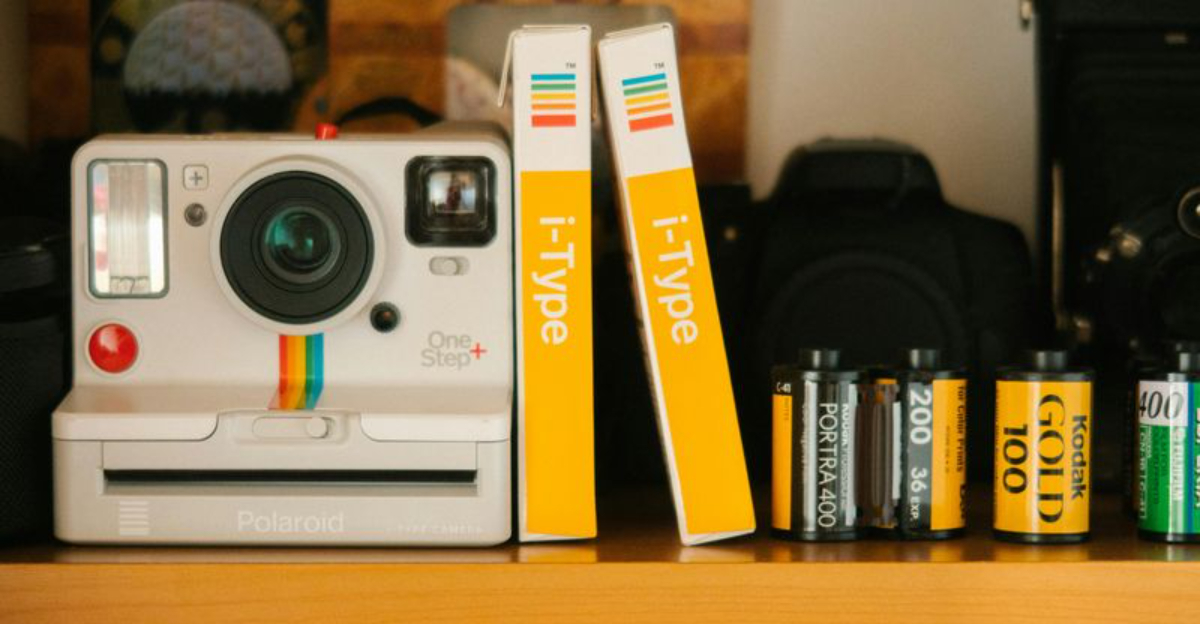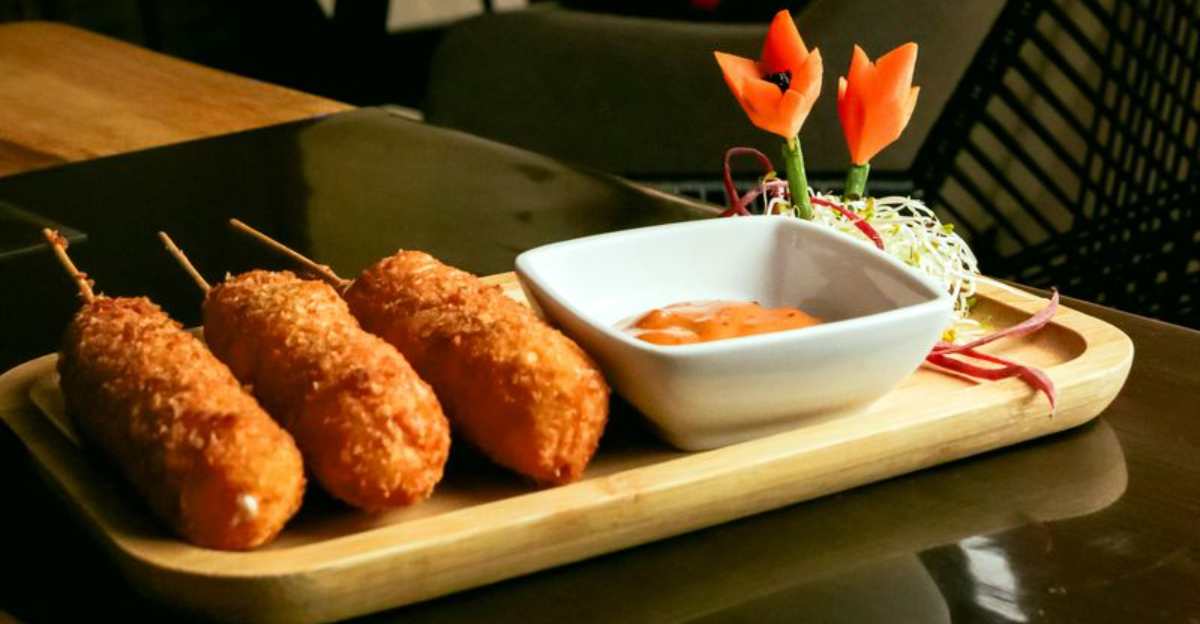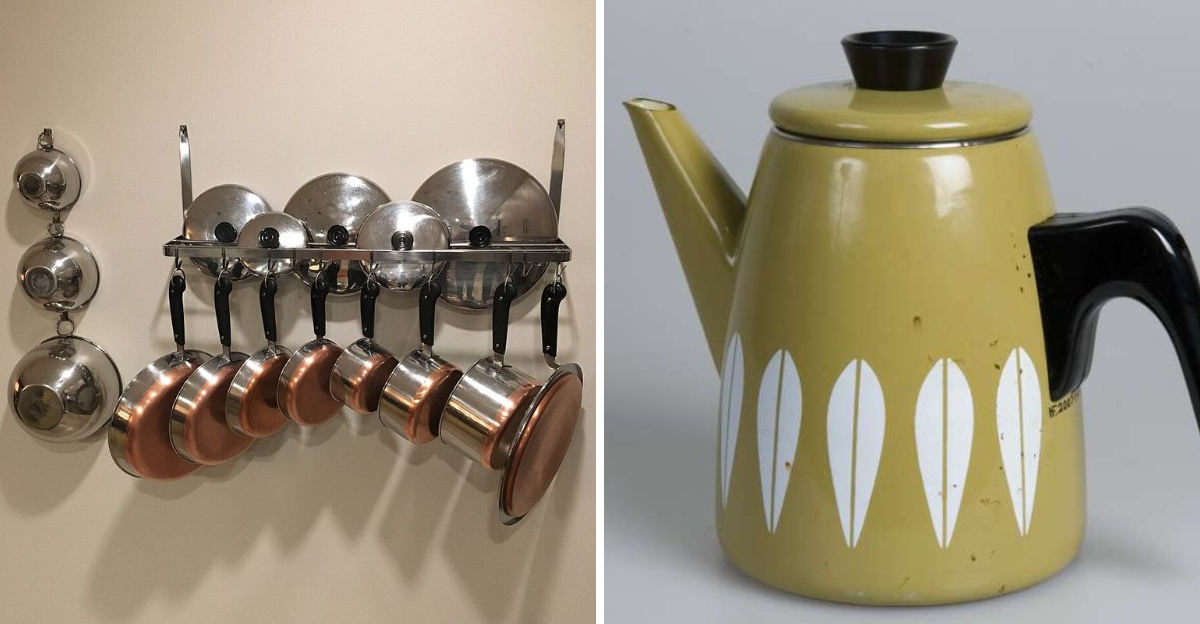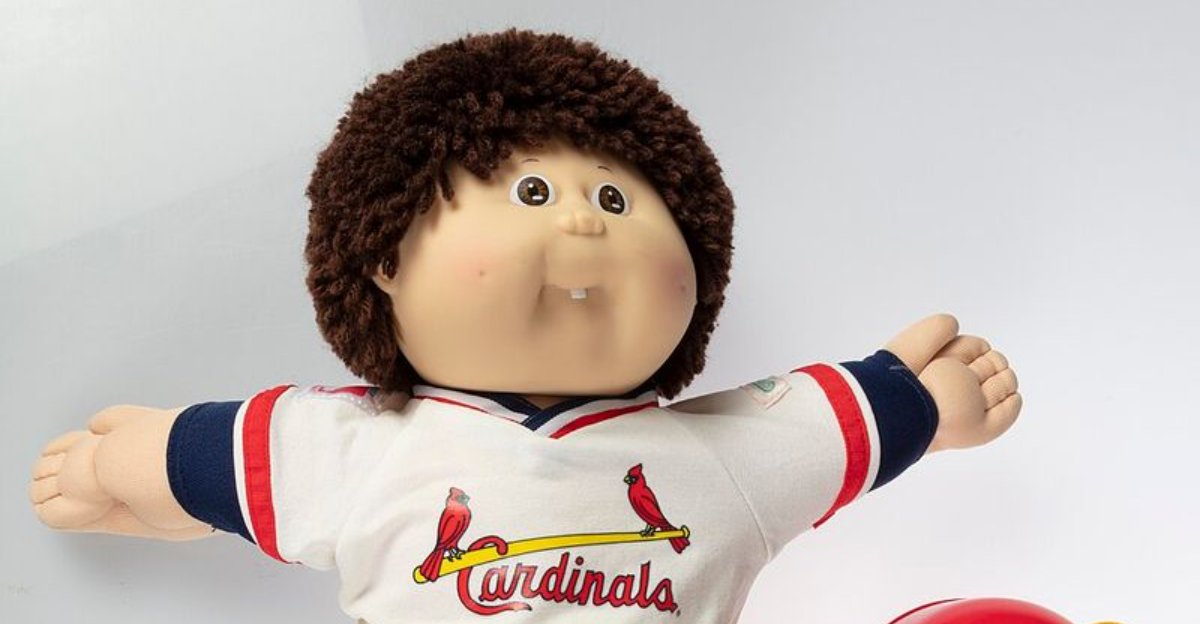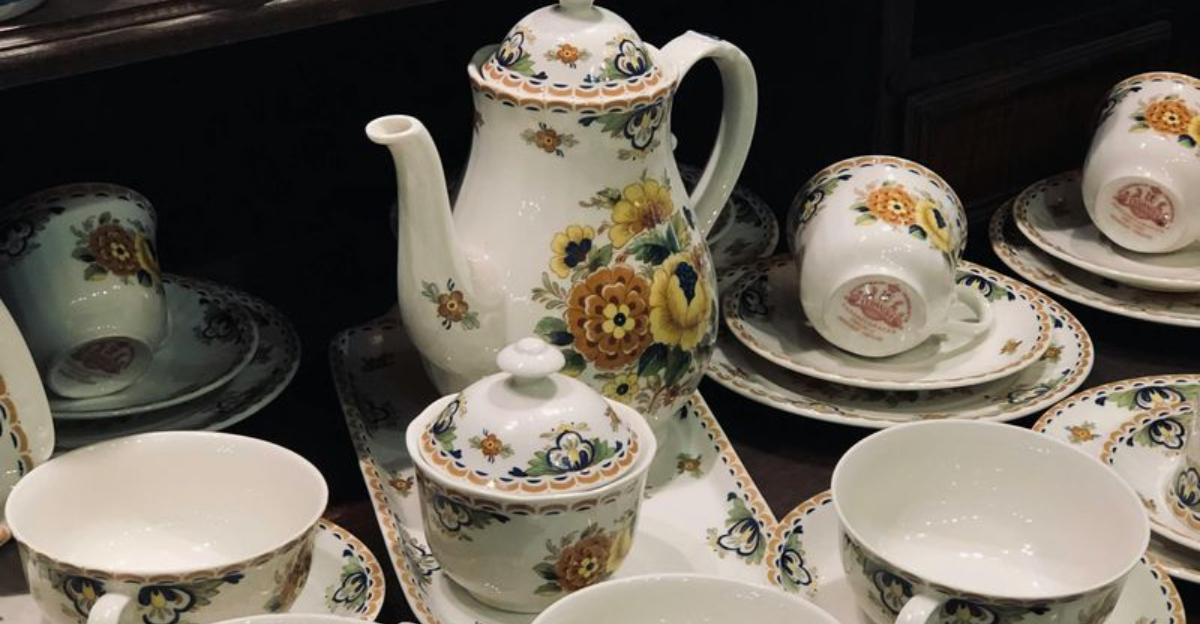14 Everyday Items That Looked Wildly Different Back in the Day
Take a look around your home and you’ll see gadgets that fit in your pocket, sleek appliances that barely make a sound, and devices that connect you to the entire world.
But rewind a few decades, and those same everyday items were bulky, loud, and sometimes downright bizarre.
From rotary phones the size of bricks to refrigerators that could double as small closets, the stuff we use daily has transformed dramatically over the years.
Get ready for a nostalgic trip down memory lane as we explore how far technology and design have come!
1. Telephones
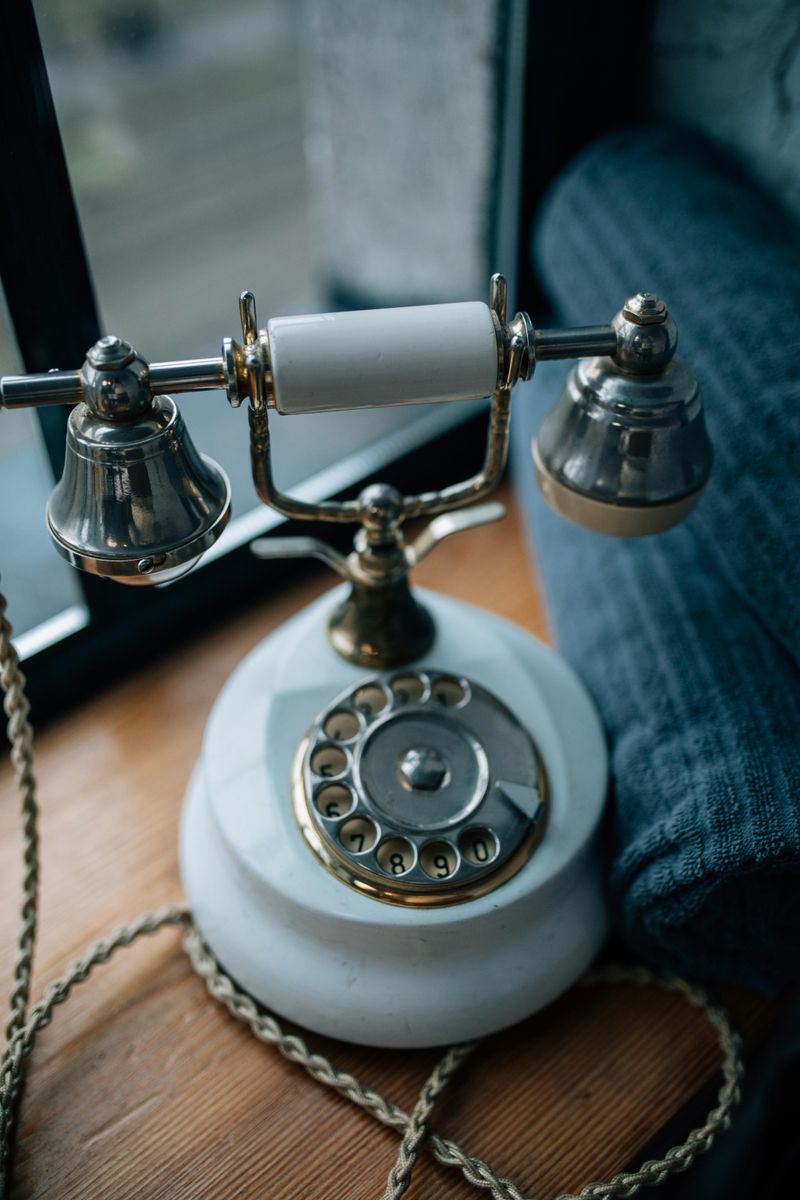
Remember when making a phone call meant sitting in one spot, tethered to the wall by a curly cord?
Rotary phones required you to stick your finger in a hole and drag the dial around for each number, which took forever if someone had a lot of nines or zeros in their number.
Plus, if you messed up halfway through, you had to start all over again. No speed dial, no touchscreens, just pure analog patience!
2. Televisions

Picture a massive wooden box taking up half your living room, complete with rabbit ear antennas you had to adjust constantly.
At the beginning, TV sets had tiny screens compared to the furniture surrounding them, and changing channels meant getting up and turning a physical knob.
You couldn’t binge-watch anything because there were only a handful of channels. Black and white was the norm until color slowly crept in during the sixties!
3. Cameras
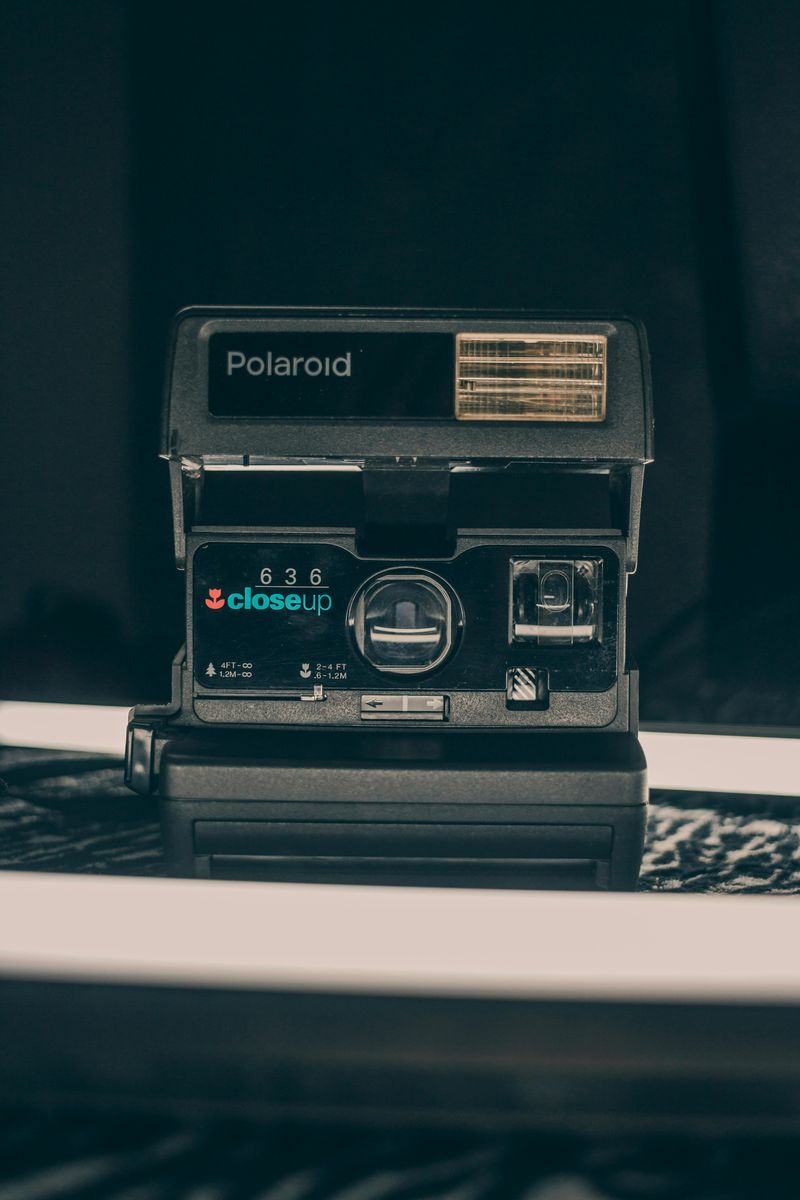
Back when capturing a moment meant loading actual film and hoping you didn’t accidentally expose it to light, cameras were hefty contraptions.
You had exactly 24 or 36 shots per roll, so every click counted, and you wouldn’t see your photos until days later when you got them developed.
Flash bulbs were single-use and popped with each shot. Talk about commitment to photography!
4. Computers
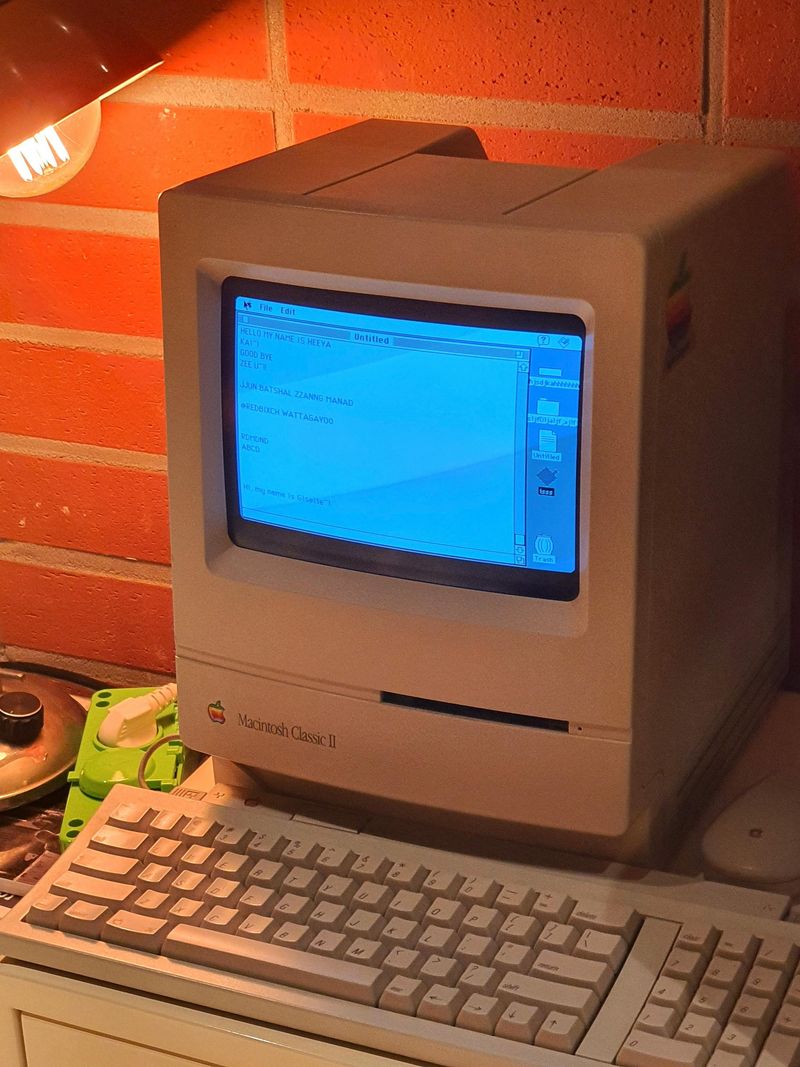
If you wanted a computer in the eighties, you needed an entire room to house it.
When they first appeared, personal computers came with monochrome screens displaying green or amber text, floppy disk drives that actually flopped, and enough beeping to wake the neighbors.
Loading a simple program could take minutes, and storage was measured in kilobytes. Your smartphone now has a million times more power than those dinosaurs!
5. Coffee Makers
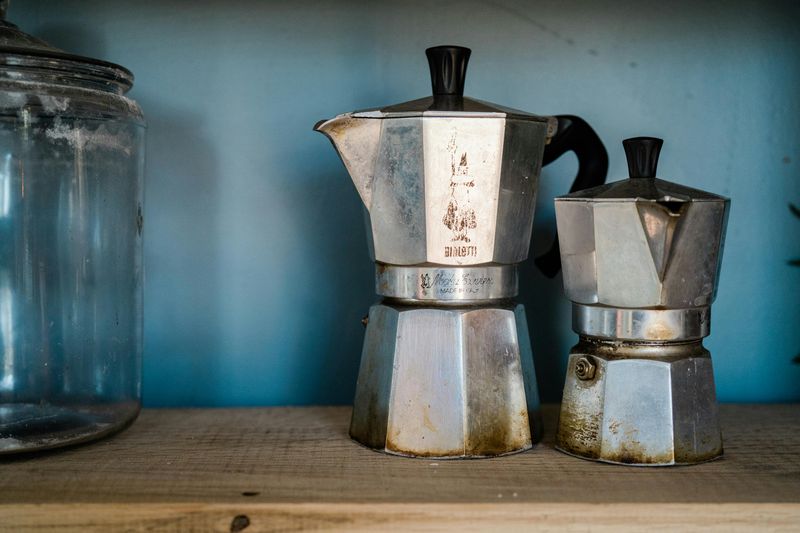
Before single-serve pods and programmable brewers, making coffee was an event that involved stovetop percolators. You’d fill the metal pot with water, add grounds to a basket, and wait as the coffee bubbled up through a tube into the glass knob on top.
The whole process was loud, messy, and sometimes resulted in bitter sludge. But boy, did it smell amazing!
6. Washing Machines
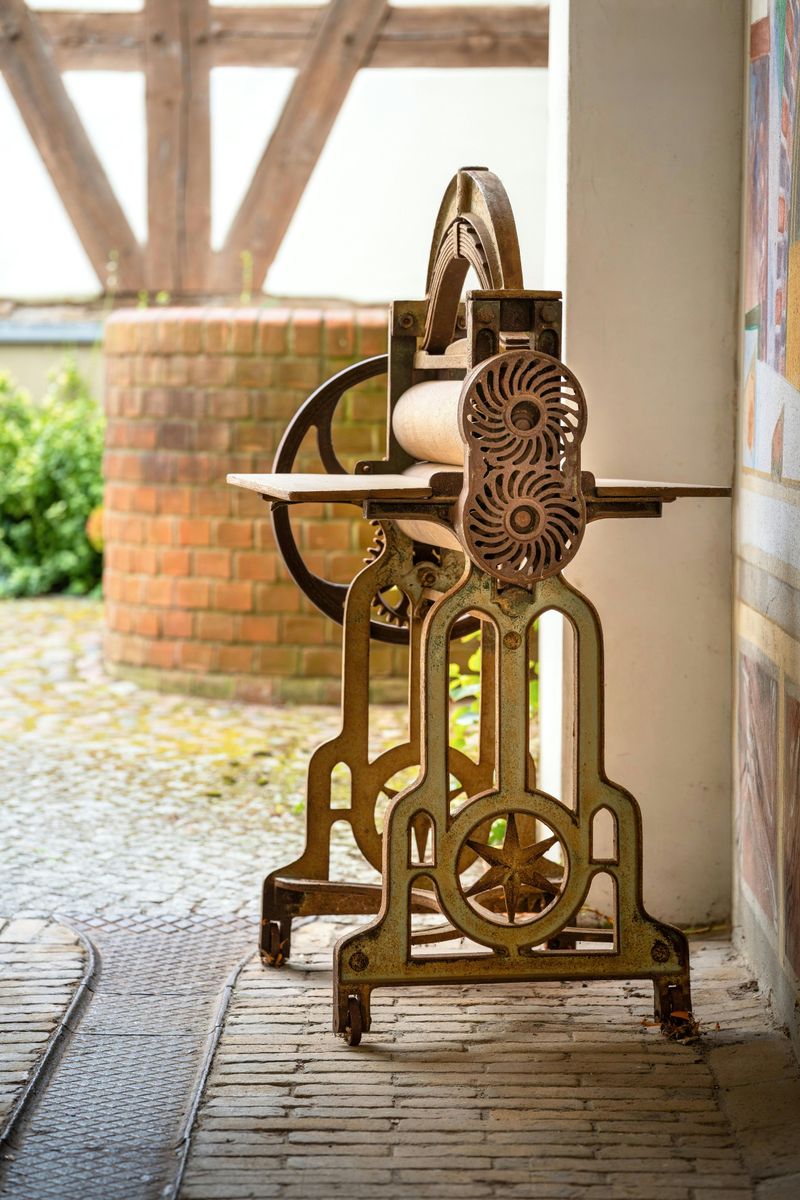
Doing laundry once meant cranking clothes through manual wringer rollers after washing them in a tub. First electric washers had just one tub and no spin cycle, so you had to physically feed each soaking garment through rubber rollers to squeeze out the water.
Many fingers got pinched in the process. At least modern machines do the heavy lifting for us now!
7. Vacuum Cleaners
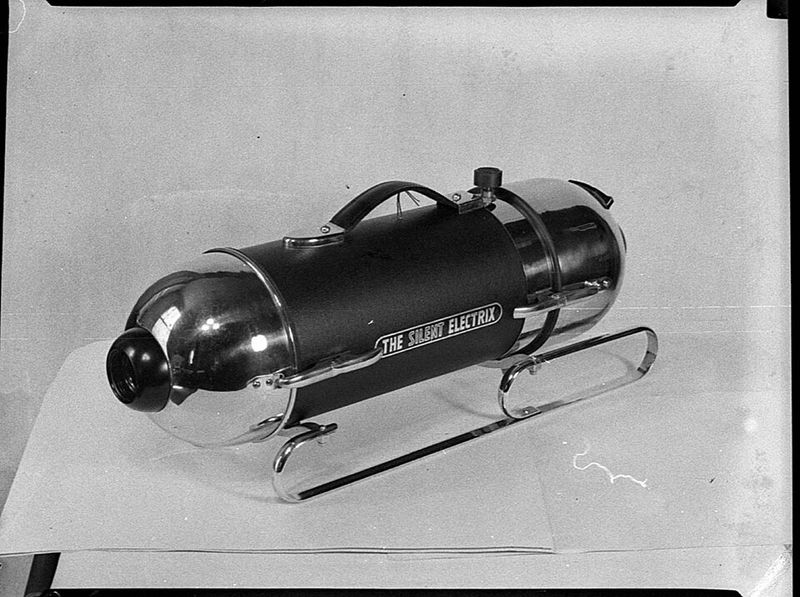
Cleaning your carpet used to be a full-body workout with vacuum cleaners that weighed as much as a small child.
Early models were made of heavy metal, had cloth bags that puffed dust everywhere when you emptied them, and sounded like jet engines taking off.
Some even required two people to operate. No wonder housework was considered such hard labor back then!
8. Irons
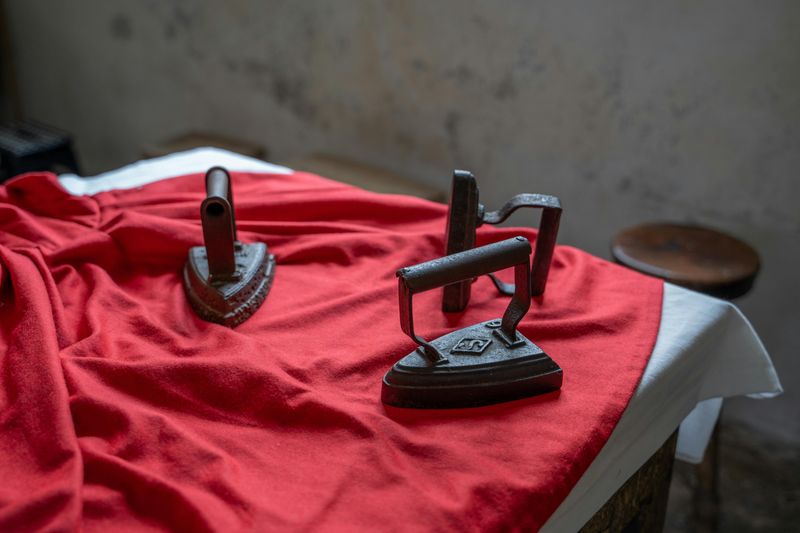
Getting wrinkles out of clothes once required heating a solid chunk of metal on the stove. Flat irons had no temperature control, no steam function, and weighed several pounds, making the task exhausting.
You’d heat multiple irons at once, using one while the others warmed up again. Burns were common, and you had to test the heat on scrap fabric first. Ironing day was truly dreaded!
9. Alarm Clocks
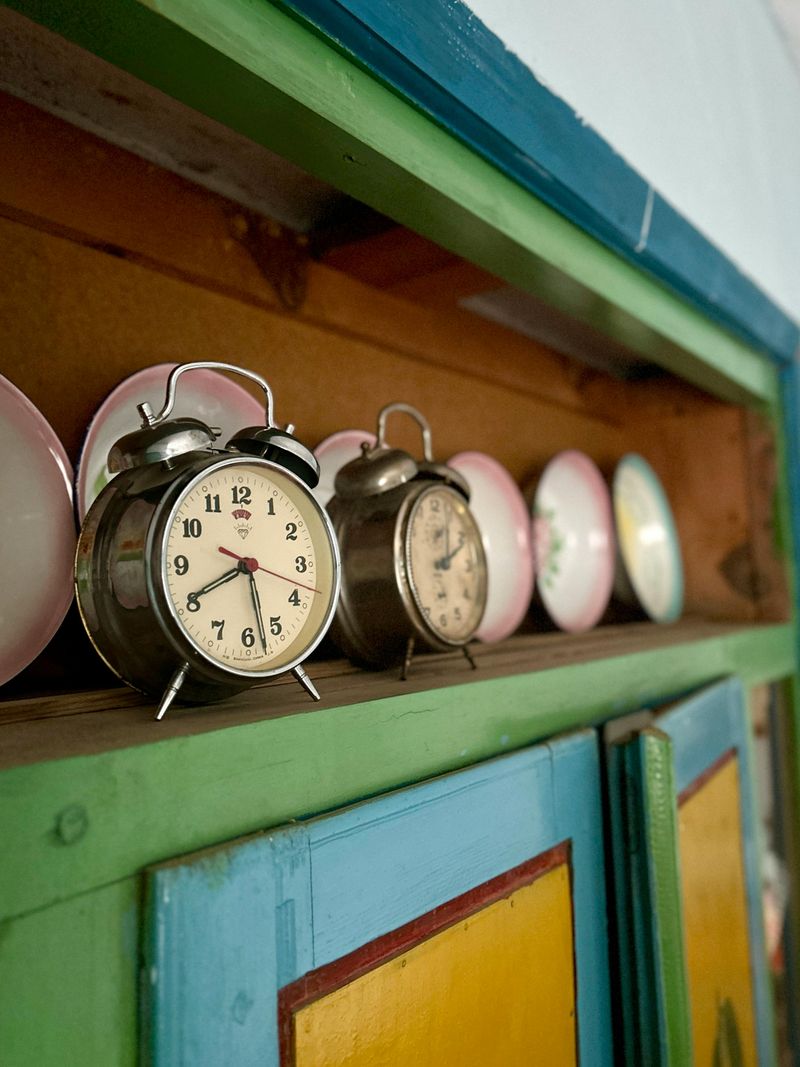
Waking up used to involve a mechanical monster that could jolt you from the deepest sleep. Wind-up alarm clocks featured two metal bells on top and a tiny hammer that clanged between them with ear-splitting intensity.
You had to wind them every night or risk oversleeping. No snooze button existed, just pure adrenaline-inducing noise. At least you never slept through that racket!
10. Radios
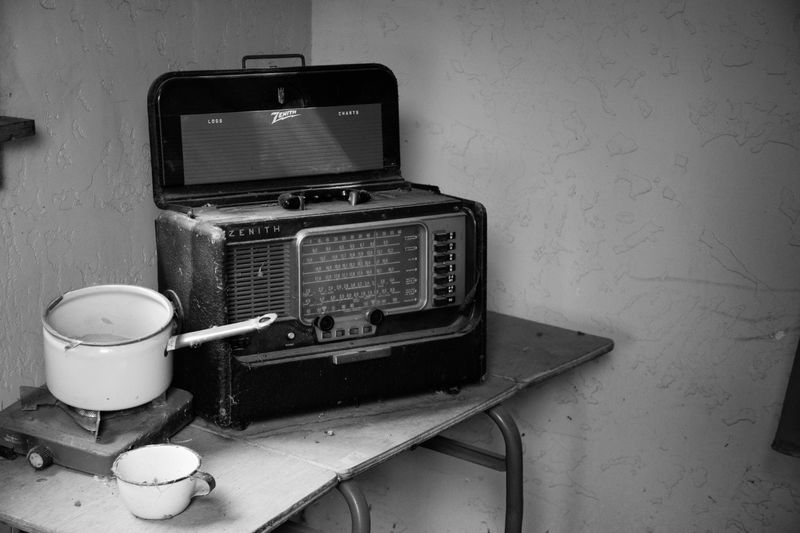
Entertainment centers once revolved around massive wooden radio cabinets that families gathered around like we do with TVs today. Finding your favorite station meant slowly turning a dial and listening through static until something clear came through.
AM was your only option for years, and the warm glow of vacuum tubes inside made the whole unit heat up. Radio was theater for the mind!
11. Typewriters
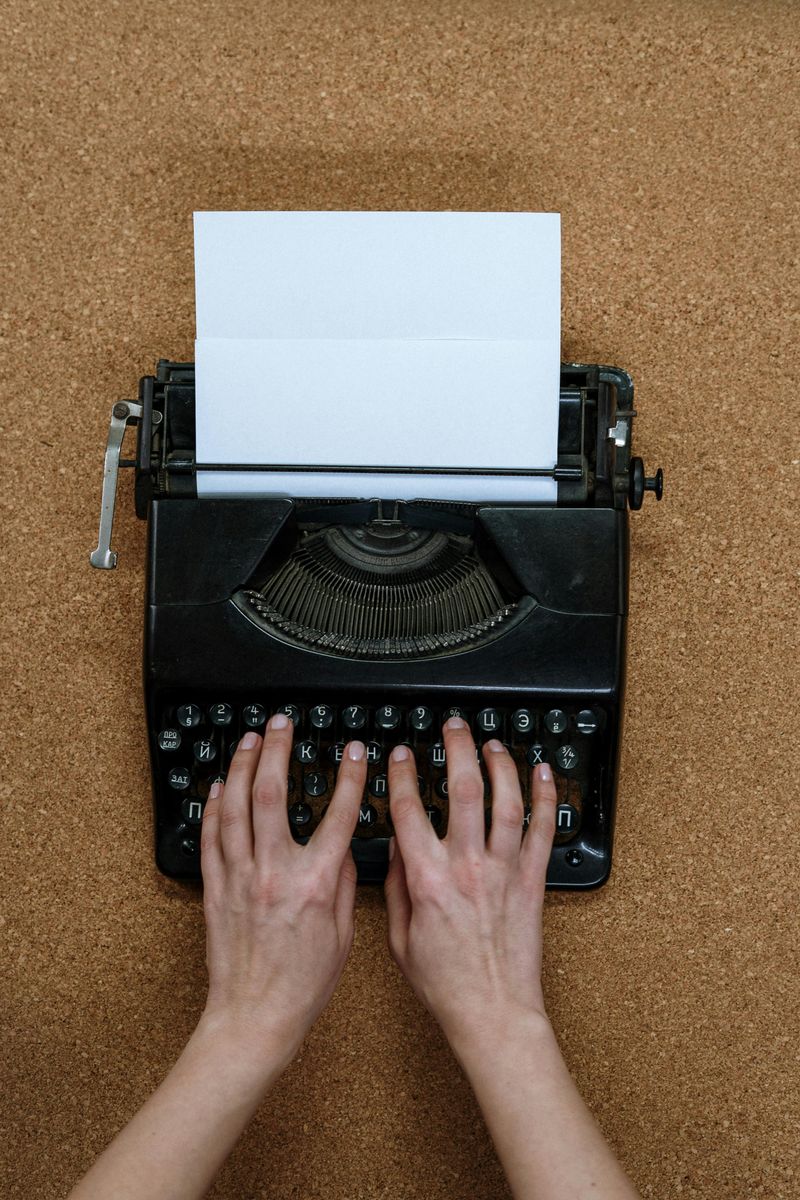
Writing documents used to be a noisy, physical activity that required serious finger strength. Manual typewriters had keys you had to pound with force, and making a mistake meant using correction fluid or starting over completely.
Each keystroke made a satisfying clack, and you had to manually return the carriage at the end of every line. Secretaries had incredibly strong fingers from typing all day!
12. Refrigerators
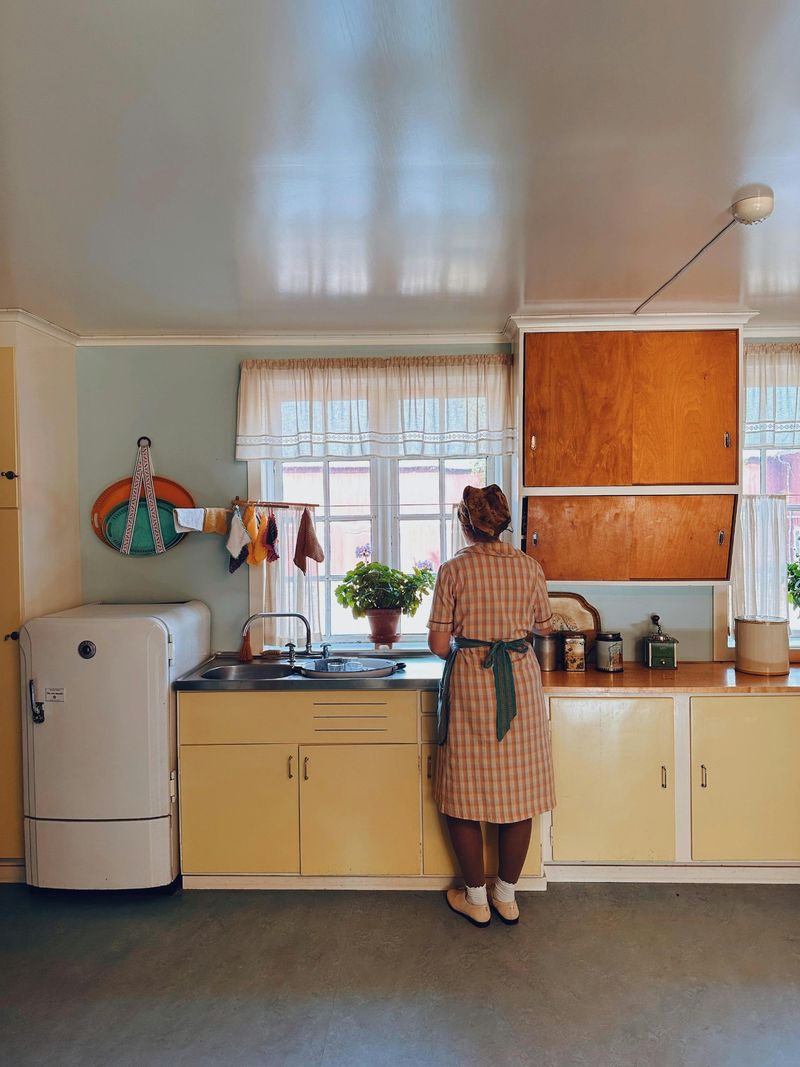
Before sleek stainless steel took over, refrigerators were colorful, rounded beauties that came in pastels like turquoise and pink. Those models had tiny freezer compartments that iced over constantly, requiring regular defrosting sessions with ice picks and hair dryers.
The doors had heavy latches instead of magnetic seals. Some were so airtight that kids could get trapped inside, leading to safety redesigns!
13. Record Players
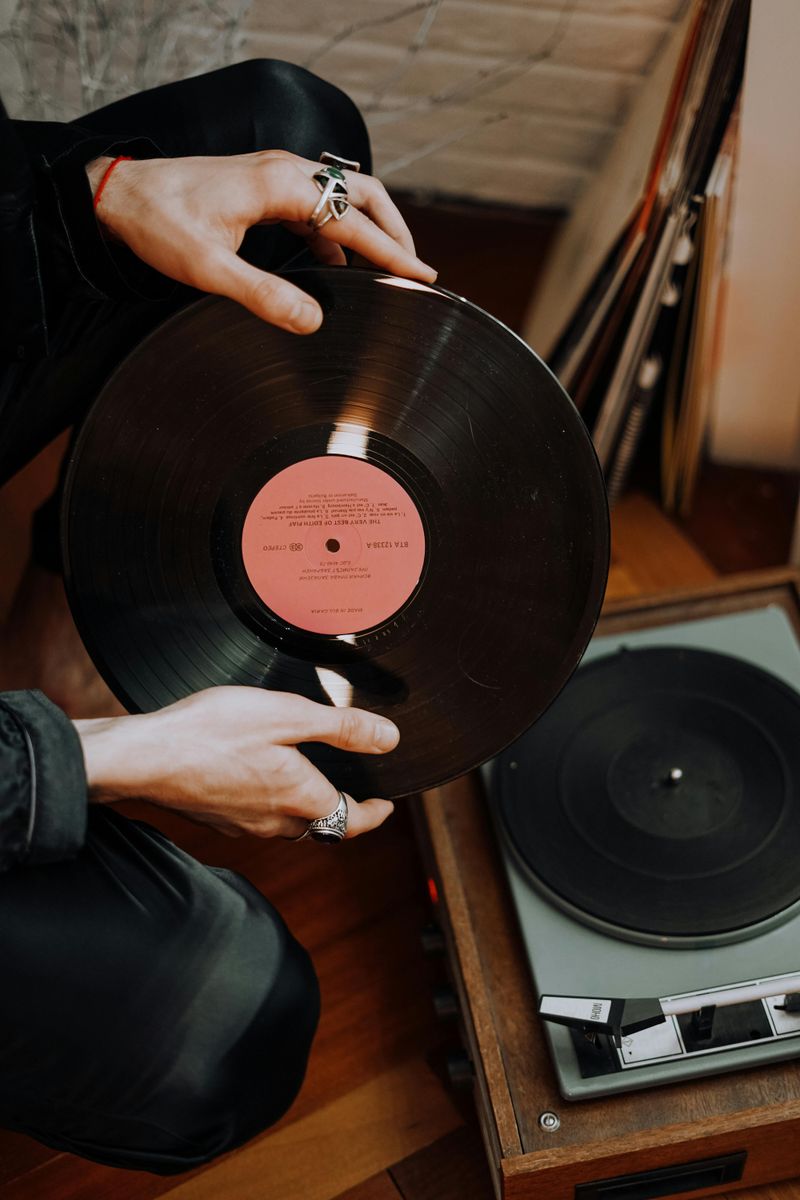
Listening to music was a ritual that involved carefully placing a vinyl record on a turntable and gently lowering a needle onto the grooves.
Record players required delicate handling because scratches meant permanent skips in your favorite songs.
You had to flip the record halfway through, and walking too heavily near the player could make the needle jump. Streaming has definitely made things easier!
14. Cars
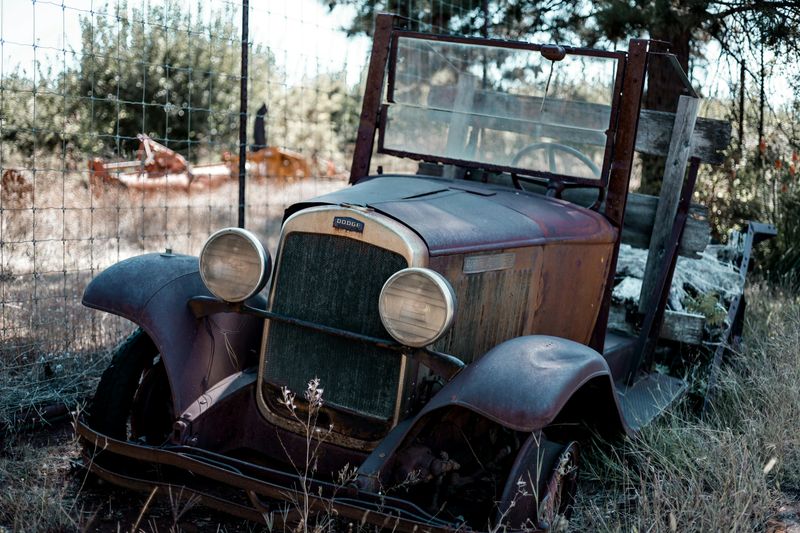
Automobiles used to be rolling works of art with enormous tail fins, chrome everywhere, and bench seats that fit six people.
No seatbelts were required, air conditioning was a luxury option, and power steering wasn’t standard, making parking a serious arm workout.
Cars guzzled gas like nobody’s business. At least they looked spectacular cruising down the boulevard!

